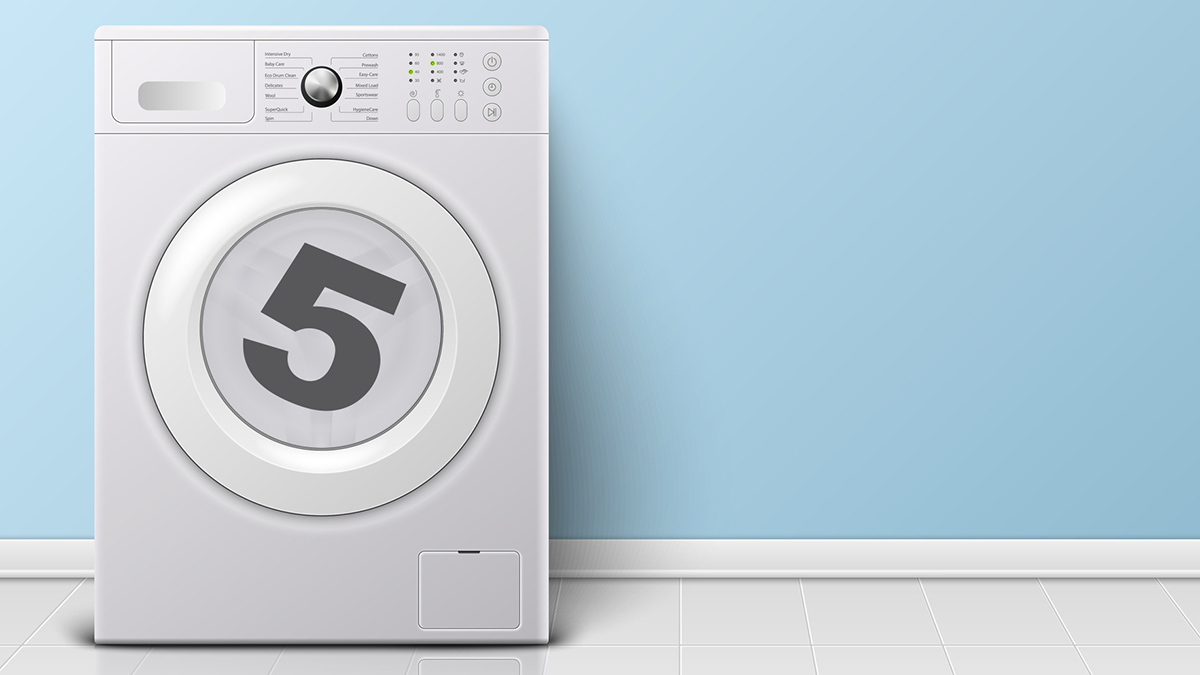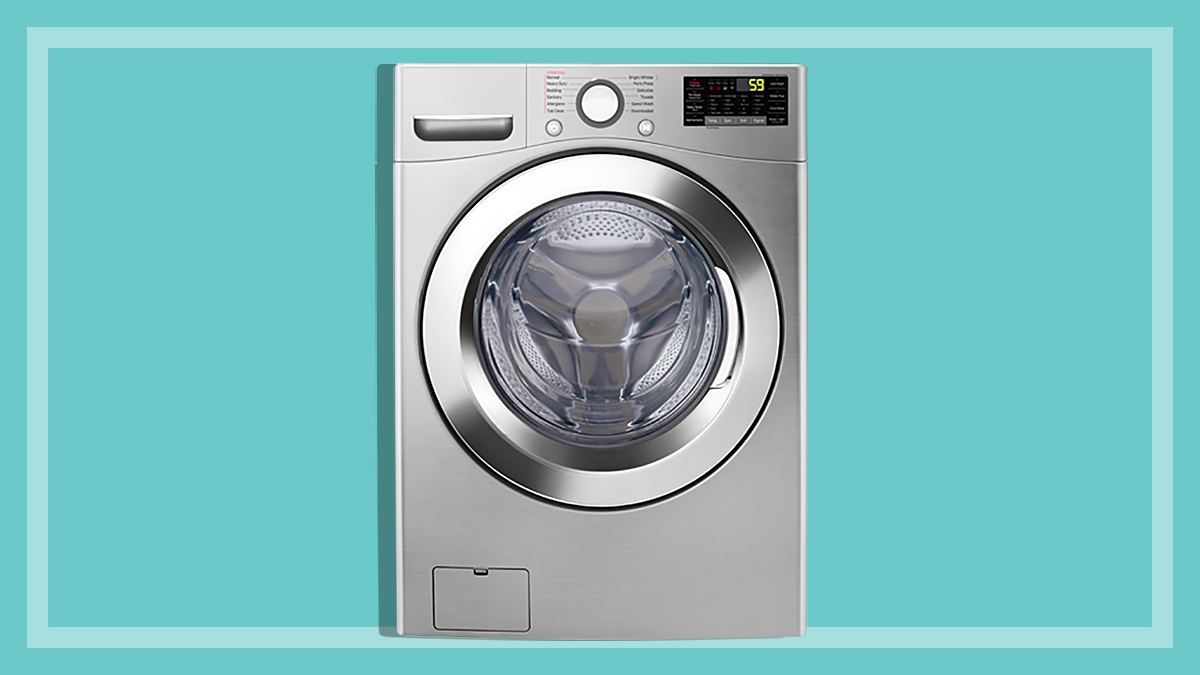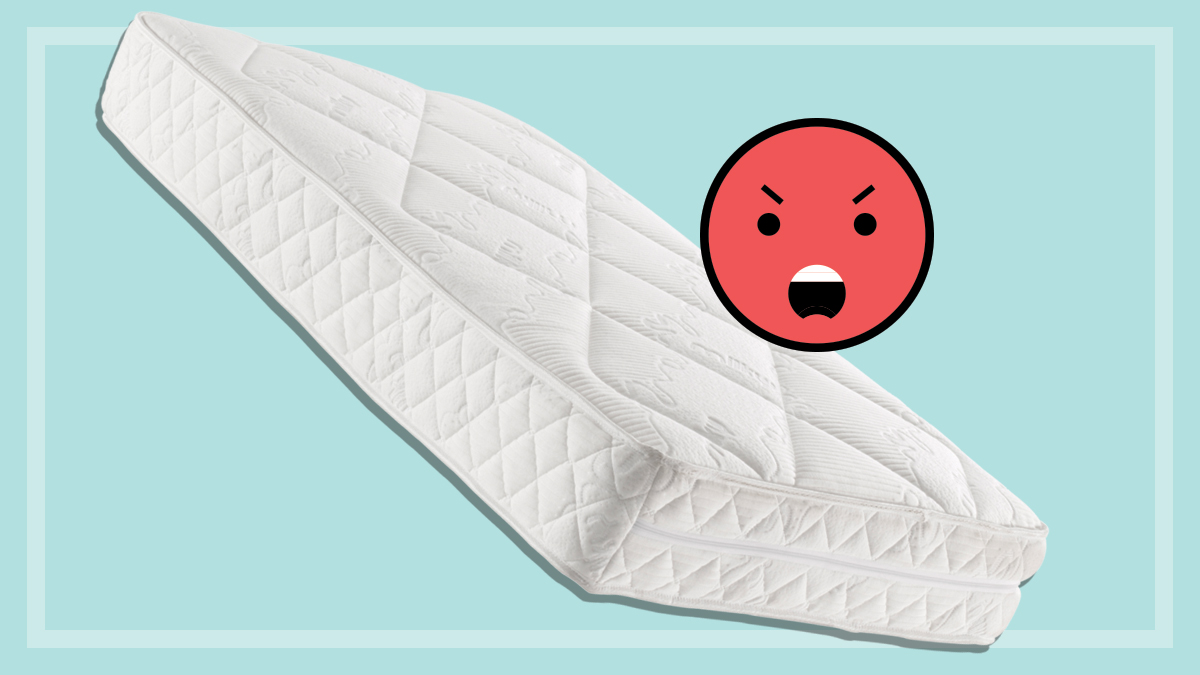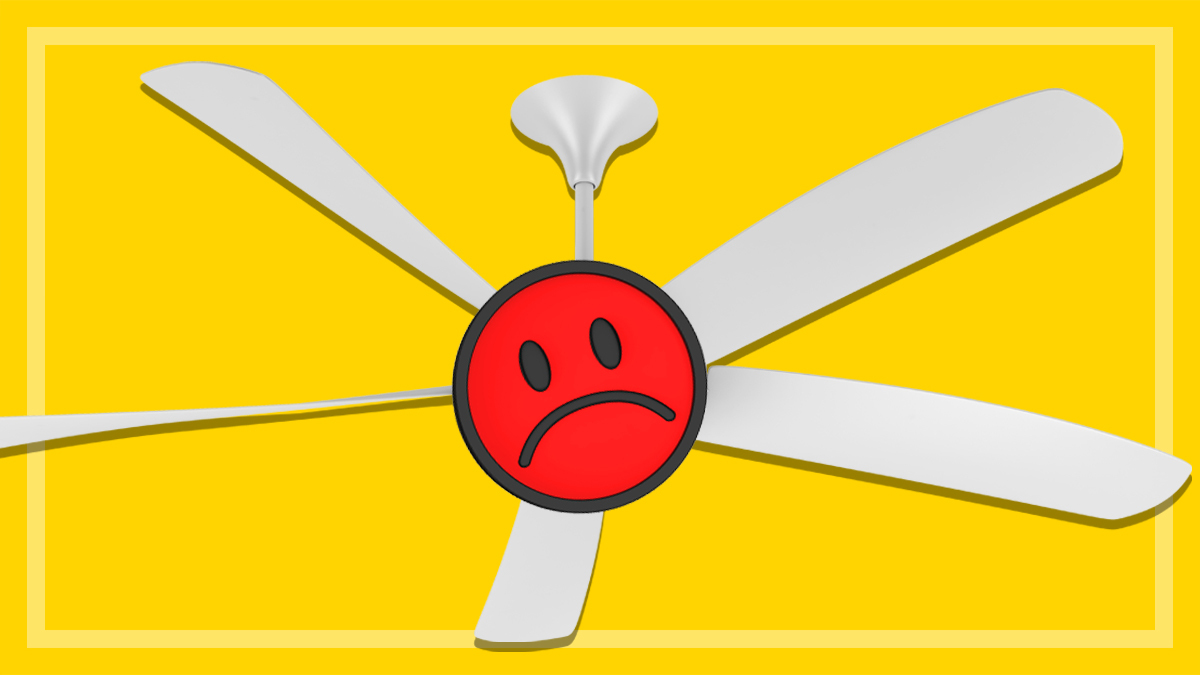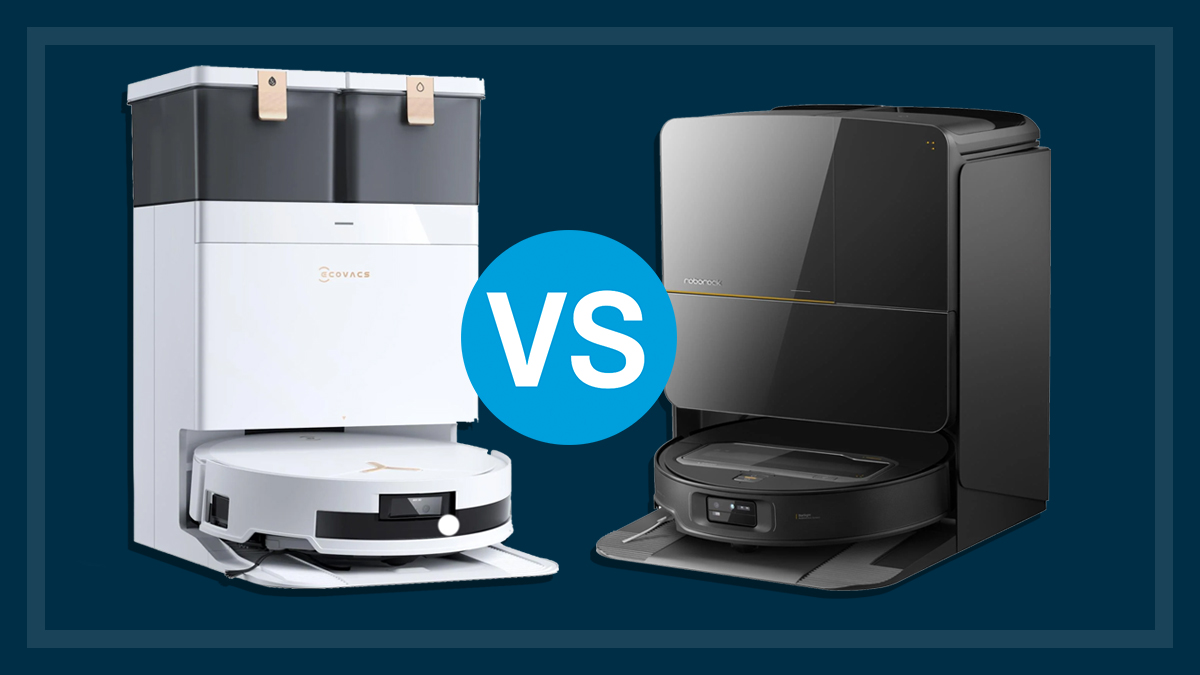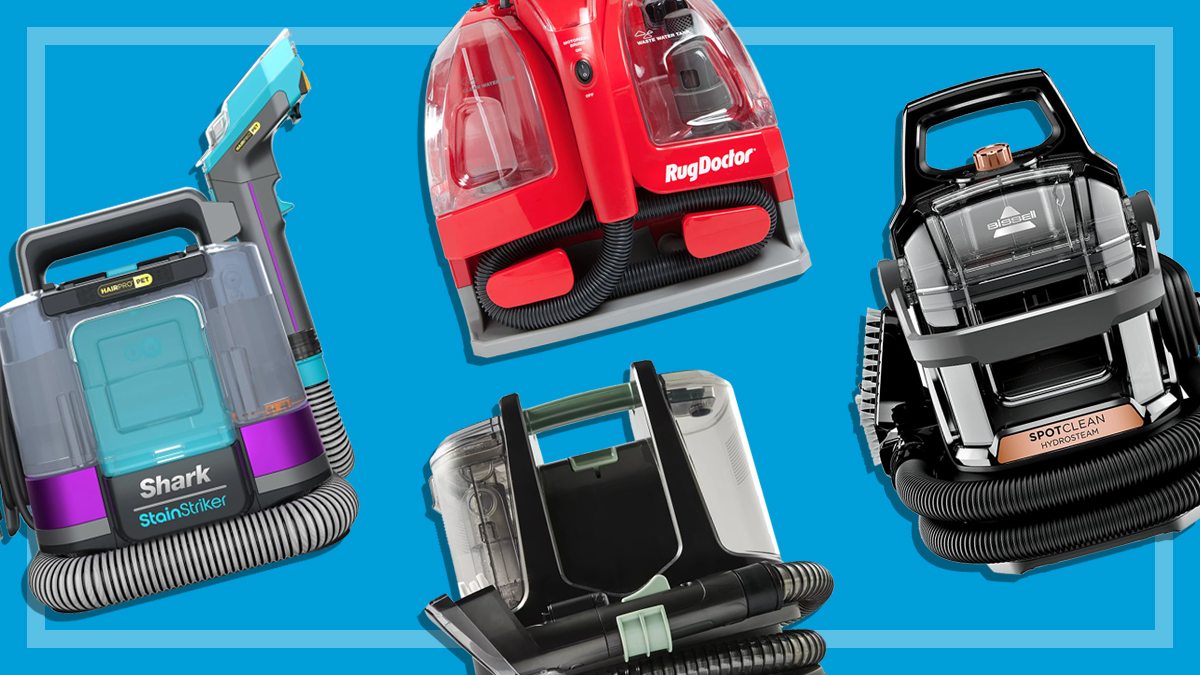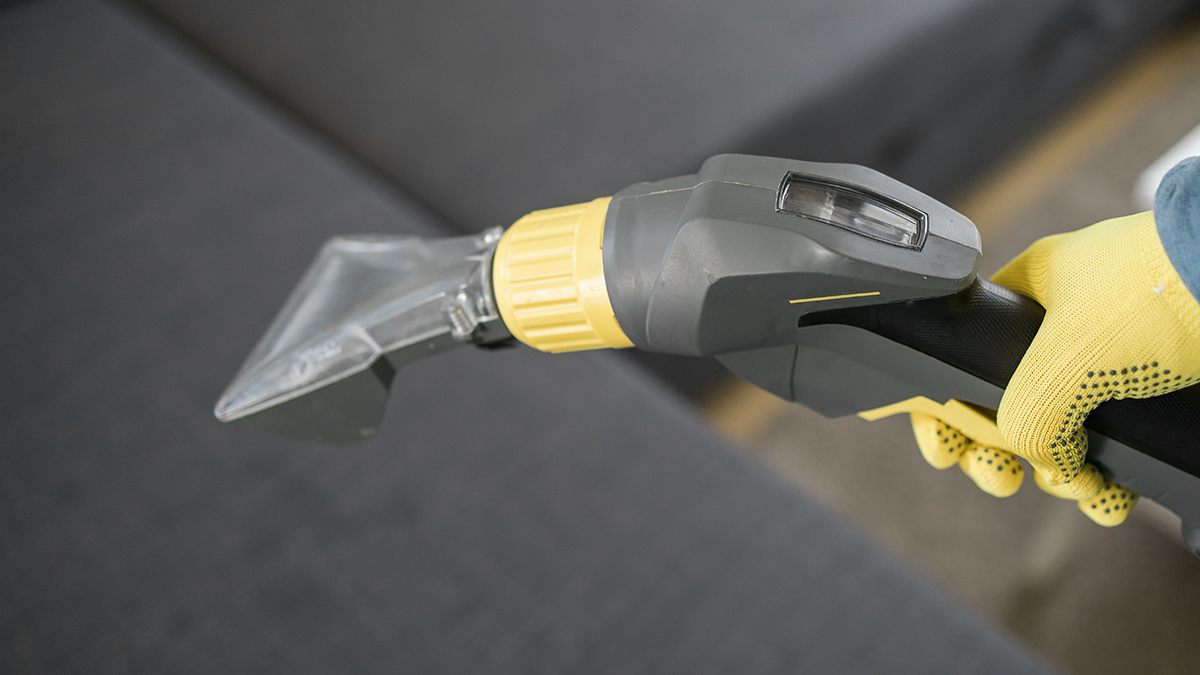5 things you should know about front loader washing machines
Front loaders come with plenty of pros and some cons – here's what you need to know if you're buying a new washer.
Last updated: 21 Oct 2025
If it’s time to replace your washing machine, you’re probably feeling like a deer in headlights thanks to the multitude of styles, sizes, features and prices on offer.
(Not to mention that you’re probably doing it in a rush because yours has just died.)
If you’ve always been a top loader owner, switching to a front loading washing machine can seem daunting. What if it doesn’t wash as well? Will it be difficult to figure out? How much will it cost to buy and to run?
Here are some facts that might help inform your decision.
1. They’re water- and energy-efficient
Front loaders can use up to 70% less water than top loaders of similar size. The reason top loaders are so thirsty is because they need enough water to make your clothes float to clean them – unlike front loaders, which use gravity to tumble your clothes.
And even though top loaders usually take less time to wash your clothes, they ultimately use more energy because all that extra water needs to be heated.
Fun fact: Even if you wash in cold water, your clothes will heat up by around 5°C just from friction.
2. They can be expensive upfront
As a general rule, front loading washing machines do tend to be more expensive than top loaders. This is because there’s more materials in them: ballast, rubber seals, and importantly, a heater.
But while you might pay more at the cash register, a front loader will help you save on electricity and water bills, so it could end up costing about the same or even less over the machine’s lifetime.
3. They’re hard on dirt but gentle on clothes
Top loading washing machines clean your clothes by rubbing them against each other, whereas a front loader cleans by tumbling: it uses gravity to pick up and drop the clothes into the soapy water over and over.
The front loader method results in less damage to your clothes over time – so even though you’re likely to pay more upfront for the appliance, you probably won’t have to replace your clothes as frequently.
Despite top loading machines using far more water per wash, they actually don’t clean clothes quite as well as water-thrifty front loading machines. So by opting for a front loader, you’re also likely to get a better wash.
4. They often have longer cycle times
Because they use less water, front loaders have to work harder to get your clothes clean – and they do this by running for longer.
The slowest top loader in our tests takes 90 minutes to complete a cycle, but one front loader we’ve tested took more than four hours!
However, there are some faster front loaders on the market. To find the quickest machine, you can sort the results of our washing machines review by cycle time.
5. They extract more water (so your clothes dry faster)
Front loaders tend to have much faster spin cycles than top loaders – up to 1600rpm in some models.
A faster spin cycle means more water removed from the clothes. And the less moisture in your clothes when they come out of the machine, the faster they’ll dry. This will save you time if you’re line-drying your laundry, but also money if you use a clothes dryer.
The only downside to the faster spin cycle is that it can increase creases and flatten the pile on your towels, which can make them less soft, but you can dial down the spin speed if that’s a problem.
Other things to know about front loaders
Okay, okay – we only promised you five. But wait, there’s more! Here are a few more tidbits of information you should know about if you’re considering buying a front loading washing machine.
- They’re not great on dodgy floors. If your laundry has a wonky or weak floor, you might find your front loader wandering, or putting extra pressure on already-challenged floorboards as they’re heavier than top loaders. You might need to source special brackets or even mount it on a plate or board to keep it stable.
- Front loaders are heavier than top loaders because they need a heavy weight to help keep them balanced.
- Unlike top loaders, you often can’t stop them to add extra washing once the cycle has run for more than a few minutes, or to retrieve something that’s inadvertently ended up in there.
- If you have a bad back or other mobility issues, you might find it challenging to get your laundry in and out.
- If you’re short on space, you can stack a dryer on top of your front loader. (Make sure you double check this with the retailer or manufacturer first.) And if you don’t have a dryer, you can always use the top for storage. (Just don’t put a pot plant on top of the machine! From personal experience, the plant may not survive the fall.)
- You need to keep them clean. Mould and mildew can develop inside the rubber gaskets around the door, so you’ll need to wipe it out regularly. And it’s best to keep the door open in between washes so it can dry out properly.
- Front loaders can be noisier than top loaders, averaging around 61dBA, compared to an average of 58dBA for top loaders. This might not sound like much, but it’s definitely noticeable, especially if your washing machine is close to your living area.
Related
Alice Richard is a Content creator and marketer. Alice writes on a range of topics, from health insurance to heaters and BBQs to bargain-hunting, always with the aim to help consumers find the best products to buy, and which to avoid.
Alice can take vast amounts of data from CHOICE product tests and turn it into content that is easily digestible and fun for readers.
Alice has a Bachelor of Arts from the University of Queensland. LinkedIn
Alice Richard is a Content creator and marketer. Alice writes on a range of topics, from health insurance to heaters and BBQs to bargain-hunting, always with the aim to help consumers find the best products to buy, and which to avoid.
Alice can take vast amounts of data from CHOICE product tests and turn it into content that is easily digestible and fun for readers.
Alice has a Bachelor of Arts from the University of Queensland. LinkedIn

